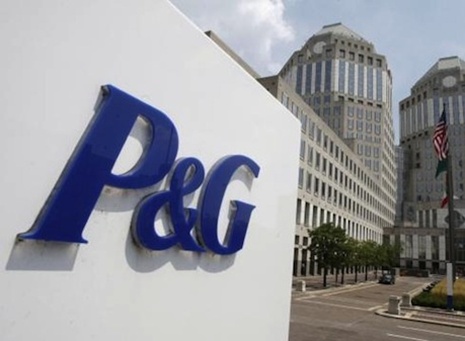Franchising, retail, business

04/08/2014
The cull, which is expected to take up to two years to complete, will leave P&G with around 80 “leadership” brands that account for 90 of its revenues and more than 95 per cent of profits.
The move is a sharp turnaround for P&G. During AG Lafley’s first stint as chief executive between 2000 and 2009 he bought brands including Clairol, Wella and Gillette, helping to double its sales over the decade.
However since 2010 the FMCG giant has posted single-digit growth. Erin Last, senior equity analyst at Morningstar say part of the reason is down to its sprawling business, which meant it was less responsive to shift consumer behaviour.
“This shows P&G is breaking ties with its former self, looking to become a more nimble and responsive player in the global consumer products arena,” she adds
Oru Mohiuddin, beauty and personal care senior analyst at Euromonitor, says the cull will create a more streamlined firm with brands that stand to benefit from increased resources in terms of both money and time spent. She believes taking investment out of poorer performing brands will generate more sales in the long term, allowing the firm to grow revenues despite having fewer brands.
“If they move resources from a small fragrance line and into Olay, for example, in terms of marketing and product development they stand to gain more. Olay is a better known brand, it has a wider audience and if they bring out the right product and use the right message they will be able to sell more than in comparison to a smaller brand,” she adds.
Lafley, speaking on a call following the announcement on Friday (1 August), said marketing would benefit from having fewer brands to focus on. He said P&G has in some instances failed to “be clear with” consumers on the benefits of its brands.
He used the example of its Always Infinity female hygiene products, which he said “failed to connect with consumers” when it launched in 2007.
However, that isn’t to say P&G is about to invest all its savings back into the company. Mohiuddin believes we can expect further job cuts, including in marketing, on top of the 7,000 it made in 2013, as the firm restructures around 12 business units.
P&G’s ad agencies will also be on alert, particularly those that work on the smaller brands. There could well be consolidation in the future around fewer agencies as the company continues to find ways to improve marketing efficiency, in particular in “non-working” media.
Lafley said the cull will include P&G’s smallest household and personal care brands, which account for about $8bn in revenues, with an emphasis on hair care, make-up, shaving and healthcare brands. However he has not ruled out selling some of its larger brands, telling the Wall Street Journal that bigger brands may be culled if they operate in segments where P&G doesn’t believe it can add value, citing the recent sale of Iams.
BernsteinResearch senior analyst Ali Dibadj highlights that focusing only on smaller brands “won’t get P&G targeted to its 10 per cent of sales”. He expects laundry brands such as Fab and Trojan, Fekkai hair products and shaving brand Perma Sharp to go, as well as larger brands such as Braun, Salon and Dax and even Duracell.
Mohiuddin says CoverGirl could be at risk because it “isn’t a good fit” with its other brands and remains US focused at a time when most of the growth opportunity is in developing markets. While it is a “good and profitable brand”, P&G is having to defend market share from Europeal rivals and would make more from selling it and investing that money into other brands than it would in continuing to support CoverGirl, she adds.
Fonte: marketingweek.co.uk